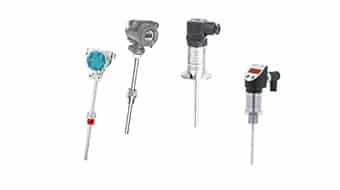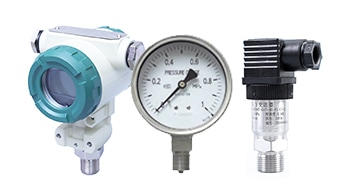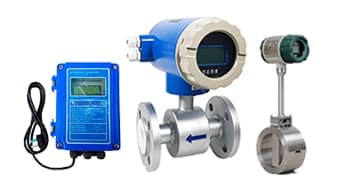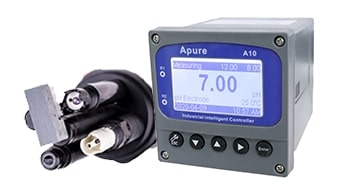Temperature Measurement
Temperature measurement is the process of quantitatively determining the temperature of an object or environment by means of an instrument or device. Temperature is a physical quantity that describes how hot or cold an object is, usually expressed in degrees Celsius (°C), Fahrenheit (°F), or Kelvin (K).
Thermometers, controllers and transmitters for the process industry. Apure offers a complete assortment of compact thermometers, modular thermometers, thermowells, measurement inserts, transmitters and accessories for all types of process industries such as Oil & Gas, Chemicals, Food & Beverage, Life Sciences, Primaries & Metal, Power & Energy.
Bimetal thermometer is a kind of field instrument for measuring medium and low temperature. It can directly measure the temperature of liquid, steam and gas medium in the range of -80℃ ~ +500℃ in various production processes.
Temperature controller is regulating the integration of intelligent temperature control instrument, it adopted the full digital integration design, programmable temperature curve or point temperature control, multiple PID adjustment.
Temperature transmitter using thermocouple, thermal resistance as a temperature measuring element, from the temperature measuring element output signal to the transmitter module, after stabilizing filter, operation amplification.
Common Temperature Measurement Methods
Contact measurement
- Liquid thermometers: Use the thermal expansion properties of liquids to measure temperature.
- Thermocouple: A joint of two different metals is placed at a measurement point and generates a thermal potential proportional to the temperature.
- Thermistor: Measures temperature by utilizing the property of a material’s resistance to change with temperature.
Non-Contact Measurement
- Infrared thermometer: Measures temperature by detecting infrared radiation from an object.
- Fiber optic temperature sensor: Measures temperature by using the temperature dependence of light propagation in an optical fiber.
What are the units of temperature measurement?
- Degrees Celsius (℃): the current international unit of temperature, the freezing point of water is 0 ℃, boiling point of 100 ℃.
- Fahrenheit (℉): mainly used in a few countries such as the United States, the freezing point of water is 32℉, the boiling point is 212℉.
- Kelvin (K): The unit of thermodynamic temperature, 0K is absolute zero, equivalent to -273.15℃.
What are the considerations for temperature measurement?
- Sensor selection: Select the appropriate sensor according to the temperature range, response speed, accuracy and other requirements of the measurement object.
- Calibration: Regularly calibrate the temperature measurement instrument to ensure the accuracy of the measurement results.
- Environmental influences: Temperature measurement will be affected by ambient temperature, humidity, air pressure and other factors, need to consider environmental compensation.
- Heat conduction: Measurement should avoid the measurement error caused by heat conduction.








